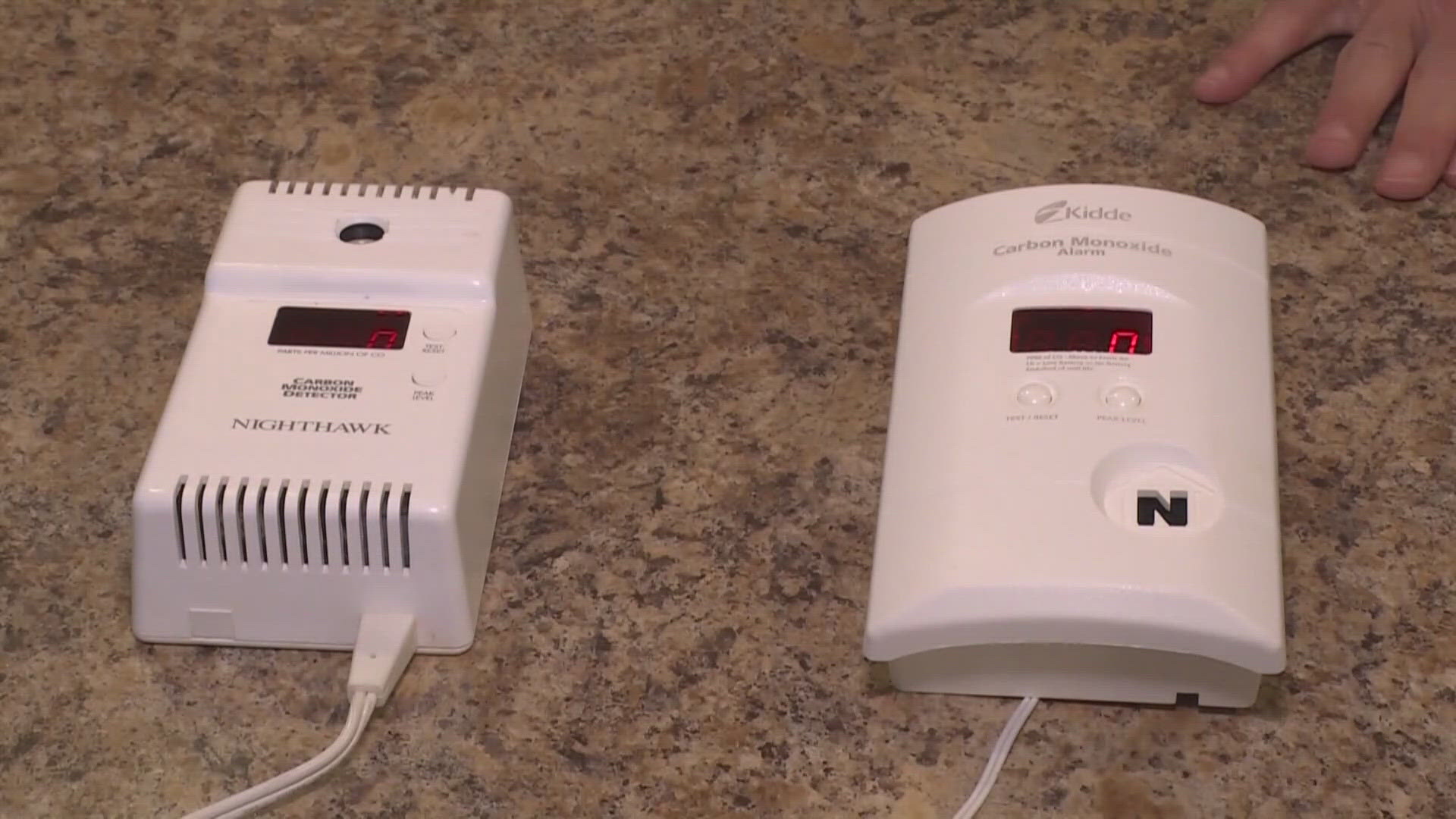PARMA, Ohio — As the state gears up for more cold weather, fire officials are reminding Northeast Ohioans of the dangers of carbon monoxide poisoning, and how they can stay safe.
According to the Centers for Disease Control and Prevention, more than 400 Americans die every year from unintentional carbon monoxide poisoning not related to fires, more than 100,000 people visit the emergency room, and 14,000 are hospitalized. Robert Bures, public information officer for the Parma Fire Department, says many items around the home can produce carbon monoxide without you even knowing it.
"We do transport quite a few people every year with carbon monoxide poisoning, and the really dangerous thing is that you don't see it," Bures explained. "You can't smell it. It's colorless, tasteless, odorless, so you really don't know if you're being exposed unless you have a carbon monoxide meter in your home."
Bures says the fire department gets all types of calls about carbon monoxide exposure. He says excess levels can be produced by people using propane heaters to keep their pipes from freezing, running a car in a closed garage, or using a generator inside. They can even happen due to appliances being installed improperly.
"We see some really sad cases too," Bures added, "where maybe people don't have great access to heat and they may be running their stove open."
Carbon monoxide exposure can lead to headaches, dizziness, nausea, vomiting, and confusion — symptoms incredibly similar to the flu. That's why Bures says it's so important to make sure you have a properly working CO detector inside your home.
"Recognize you have a problem, and then call the fire department out so we can get that fixed," he told 3News.
A standard CO detector can cost between $20-$55, though many fire departments have programs that can help those struggling to afford one. Bures says the best course of action is to call your local department and see how they can help.
Click here for a full list from the CDC about risk factors and steps to prevent carbon monoxide poisoning.

